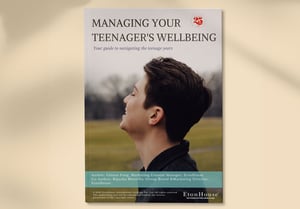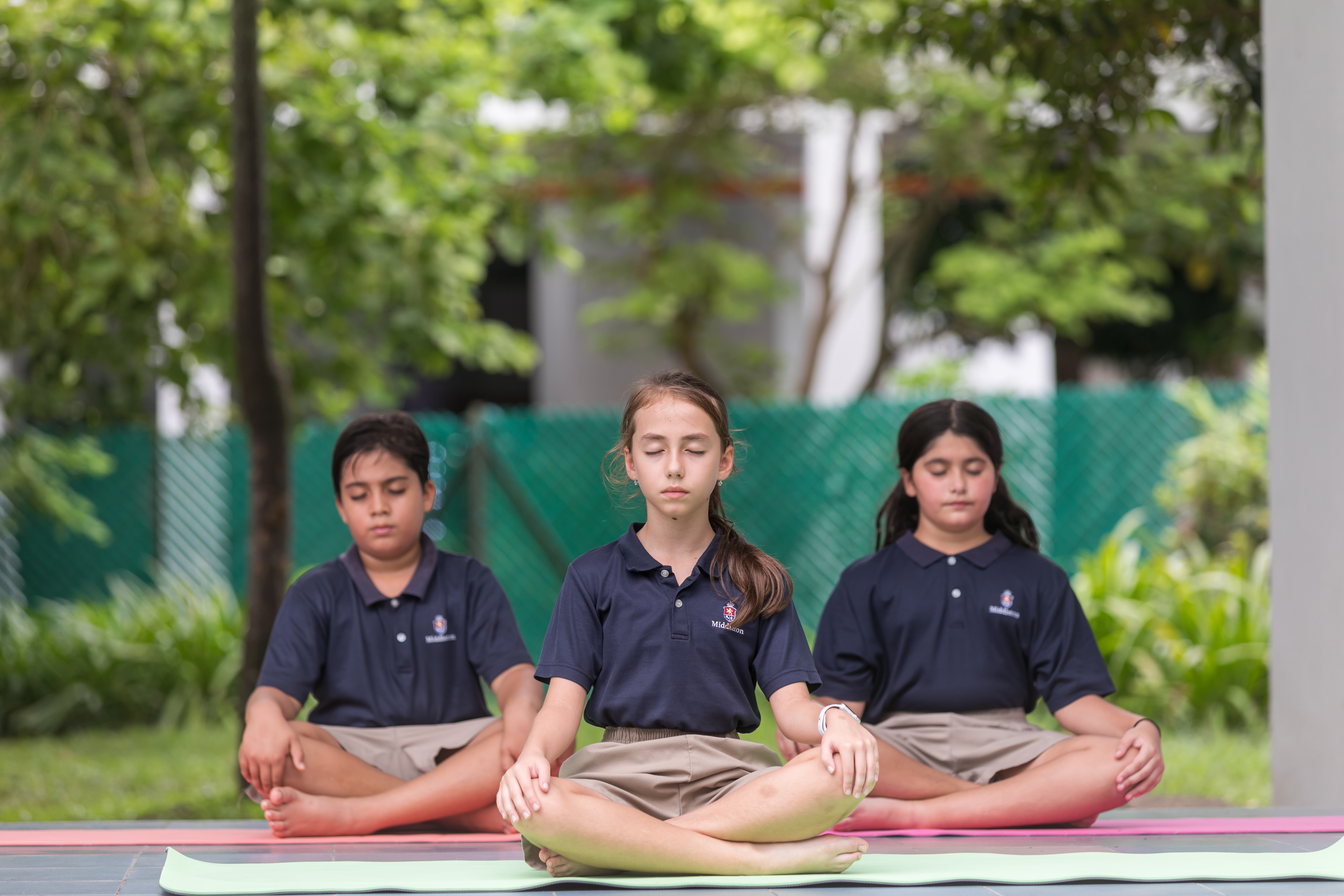.jpg)
Middleton Singapore
Middleton International School is a vibrant learning community in Singapore, offering high-quality international education at an accessible fee. Rooted in the values of diversity, inquiry, and innovation, Middleton nurtures globally minded learners through a balanced and engaging curriculum. With a strong emphasis on academic excellence, character development, and real-world learning experiences, the school empowers students to thrive in an ever-evolving world.
How can you help your child become less anxious, more focused and ready to face stress? Mindfulness is a meditation practice that requires concentration while paying attention to their breathing, focusing on the current mental state of health. It is the controlling of one’s thoughts and emotions to prevent impulsive negative reactions. Mindfulness has been used to treat psychiatric disorders and help ease daily stress in life. It is highly recommended for children as neuroscience suggests that it is most effective during the earlier stages of brain development.
The practice of mindfulness has been incorporated into many school’s timetables to support children’s mental health and well being. It has proven to help them academically.
Benefits of mindfulness meditation:
- It teaches them to remain calm during times of adversity- helps them think more effectively and clearly to ease pressure
- It allows them to live in the present moment with little distractions and appreciate what they have and are given
- It nurtures their patience and is effective in anger management
- It improves their brain development which enhances their cognitive control and memory
- It promotes happiness, joy and contentment which allows them to lead a fulfilled life
- It improves their sleep cycle, boosting their physical and emotional health
Duration & age group:
The duration to practice mindfulness meditation varies for each age group. We recommend the following:
- Pre-Nursery: 2 - 5 minutes a day
- Nursery & Kindergarten: 3 - 10 minutes a day
- Primary Years & High school: 10 - 45 minutes a day
Ways to practice mindfulness meditation:
- Belly Breathing: Teach your child to take a deep breath through the nose and using the lower abdomen muscles to exhale through the mouth
- Muscle Relaxation: Demonstrate stretching the different body parts starting from the head and towards the toes
- Drawing Exercises: Have your child select a simple household object and begin drawing. After which, have them draw a second version and observe both drawings
- Simple Yoga Poses: You can use tutorials found online to teach them the various yoga poses for children. To name a few, bridge pose, tree pose, cobra pose and cat pose
- Listening to relaxation and mediation music: Get your child to imagine themselves in a beautiful place and think happy thoughts or reminisce a joyful occasion.
Being a parent can be a stressful experience, especially during trying times. It is ideal to practice mindfulness with your child on a daily basis to ensure happiness around the household as well as strengthening the family bond. We are here to help you through this journey.
How does one practice mindfulness during trying times? Does it help during a crisis? Find out more on our latest podcast- Mindfulness in the time of crisis.
 Find out more on how to manage your child through the teenage years in our latest E-book:
Find out more on how to manage your child through the teenage years in our latest E-book:


